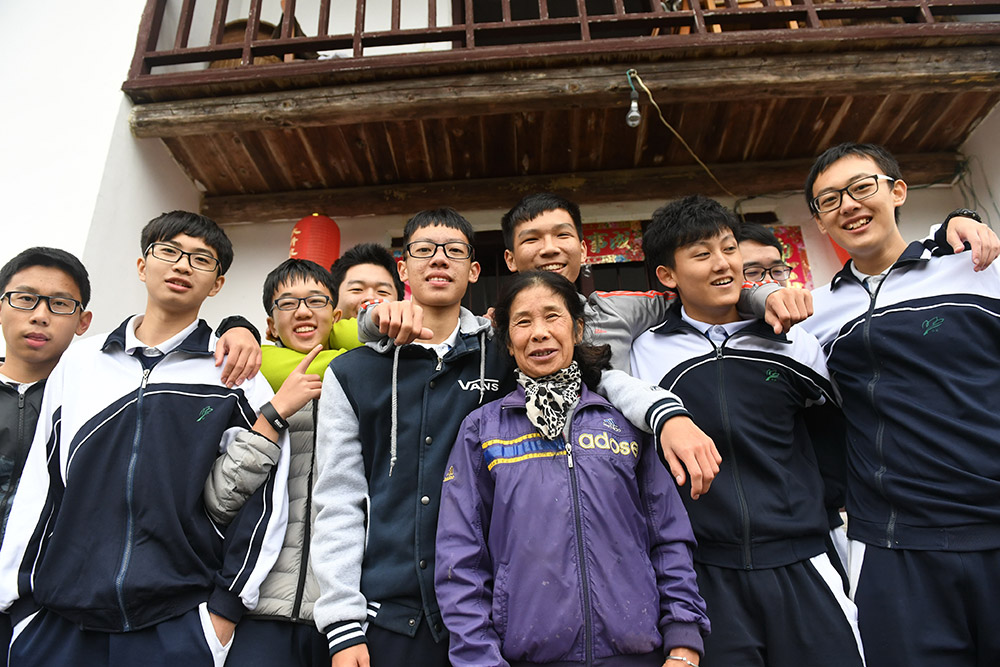China's revolutionary heartland casts off poverty

A sculpture of a red flag and the emblem of the Communist Party of China can be seen along the motorway leading to Jinggangshan in this photo taken on December 24, 2016. [Photo: Xinhua]
E-COMMERCE AND TOURISM CUTS POVERTY
E-commerce has helped produce from Jinggangshan's 18 townships reach buyers beyond the mountains, benefiting more than 2,400 people.
"Over 17,000 parcels, worth some 1.6 million yuan, have been sent since this e-commerce service center opened over a year ago," said Huang Xiaohua, head of the e-commerce service center in Huang'ao Township.
Jinggangshan has also capitalized on its fame as the revolutionary heartland. More than 13 million people visited Jinggangshan last year.
Bashang Village offers a one-day training program to experience the life of the Red Army and attracted more than 40,000 participants in 2016.
Lai Puxiu, a villager from Bashang Village, prepares lunch for her visitors every day.
"I charge each person 33 yuan for their meal," Lai, 58, said. "The food is simple and similar to that eaten by Red Army soldiers."
"In the past, we grew crops in a few fields and life was hard," Lai said. "But these days so many visitors come to our village that we started a catering business."

Villager Zou Xianglian (R3 in the front) poses for a photo with students who seek accommodation at her home in Dajing village, Ciping town in Jinggangshan on November 10, 2016. [Photo: Xinhua]
Bashang is home to more than 630 registered residents, but about 400 of them are off seeking their fortunes in the big cities. The village's reinvention of itself with the catering business has brought more than 100 of them back.
Lai Puxiu gets up early to buy ingredients from the nearest town, but also grows vegetables in her backyard.
"My husband and I usually prepare bamboo shoots, pumpkin, eggplant, fish and braised pork in soy sauce," Lai said.
While Lai prepares lunch, she has her visitors pound cooked glutinous rice into paste, a traditional way to make a local snack called "ciba." She charges each visitor 100 yuan for the privilege of making ciba and provides all the ingredients as well as the equipment for making it.
To add some razzmatazz to the visitor experience, Lai has decorated her house "Red style." Inside stands an old stove and a few rickety wooden tables. Outside, flutter a pair of duilian, hanging scrolls of inspirational couplets.
In peak season, she can receive 40 visitors a day. This year, she has catered for about 900 visitors. Other families in Bashang have seen their income increase by an average of 18,000 yuan this year.
"My family hosted 850 people attending the program last year, and earned more than 10,000 yuan by providing room and board," said villager Xiao Fumin.

